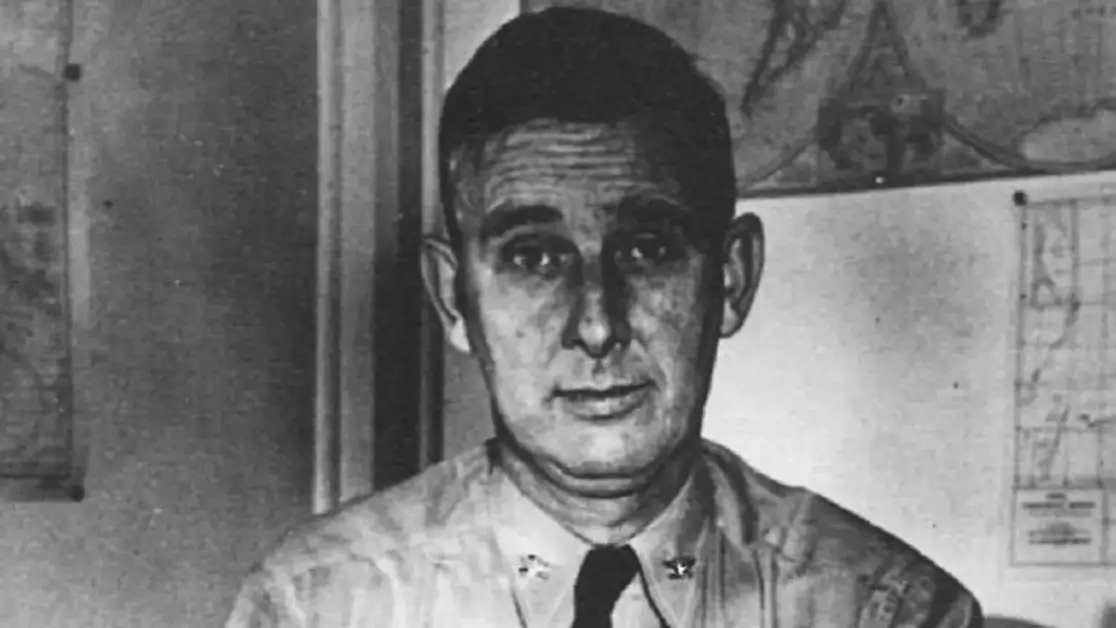Meet the United States Navy officer who saved Midway

SUMMARY
Some of America's heroes don't dive on grenades or shoot down three or four dozen enemy planes. In fact, the hero who made Rear Admiral Raymond A. Spruance's victory at Midway did so from a basement in Pearl Harbor.
According to a biography at the National Security Agency website, Commander Joe Rochefort was born in 1898. After enlisting in the Navy in 1918, he eventually earned a college degree and was sent into a variety of code-breaking and intelligence positions, as well as serving at sea. In 1941, he was transferred to Pearl Harbor as tensions with Japan rose.
After the attack on Pearl Harbor, Rochefort and his team ended up working to break what was known as the JN 25 code. Japan used this code to give out orders to ships. After the Doolittle Raid, Rochefort soon began to pick up messages that indicated Japan was planning an operation in the Central Pacific against a location known as "AF." Rochefort soon believed the target was Midway.
In Washington, though, others had doubts, believing the Aleutian Islands or Hawaii were the main objective. According to the book "Incredible Victory" by Walter Lord, one of Rochefort's officers soon came up with a plan to confirm where Japan was targeting. The American garrison at Midway was ordered to send an uncoded message that their water purification systems had failed.
Soon after the radio message was sent, coded Japanese messages reported that AF would be running low on fresh water. Rochefort had not only gotten the Japanese to reveal their objective, but he had convinced skeptics in Washington that Midway was the target.
History reveals what happened.
The American fleet got into position to ambush the Japanese at Midway. Caught by surprise by the unexpected presence of the U.S. Navy, Japanese Vice Adm. Chuichi Nagumo went back and forth between hitting Midway a second time or going after the American fleet.
By the time the Japanese carriers were preparing to strike the American fleet, SBD Dauntless dive-bombers struck, sinking three carriers, and then fatally crippling a fourth. Later, American code-breaking would set up the "Zero Dark Thirty" moment of the Pacific War: the aerial ambush of Admiral Isoroku Yamamoto – the mastermind of the Pearl Harbor attack who was killed when Tom Lanphier shot down the Mitsubishi "Betty" bomber he was flying in.
After Midway, the embarrassed officers in Washington exacted a measure of revenge.
Rochefort was eventually pulled from his codebreaking efforts for the rest of the war, leaving the Navy as a captain in 1953. His efforts would gain popular recognition in the 1976 movie "Midway," where he was played by Hal Holbrook.
In 1985, President Ronald Reagan would present Rochefort's family with a Distinguished Service Medal for the contributions Joe Rochefort made to America's greatest naval victory. The next year, Rochefort received the Medal of Freedom posthumously.
Below is a brief scene of Hal Holbrook playing Rochefort opposite Charlton Heston in "Midway."

SHARE
